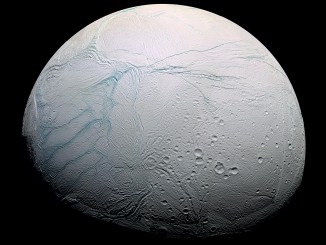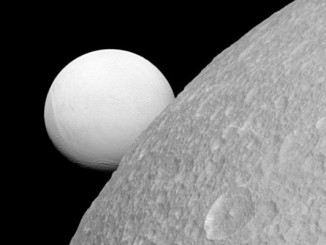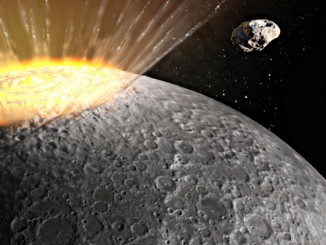
Saturn spacecraft not affected by gravity of hypothetical Planet 9
Several recent news stories have reported that a mysterious anomaly in the orbit of NASA’s Cassini spacecraft around Saturn could potentially be explained by the gravitational tug of theorised Planet 9, existing far beyond the orbit of Neptune in our solar system. However, NASA cannot find any unexplained deviations in the spacecraft’s orbit.









